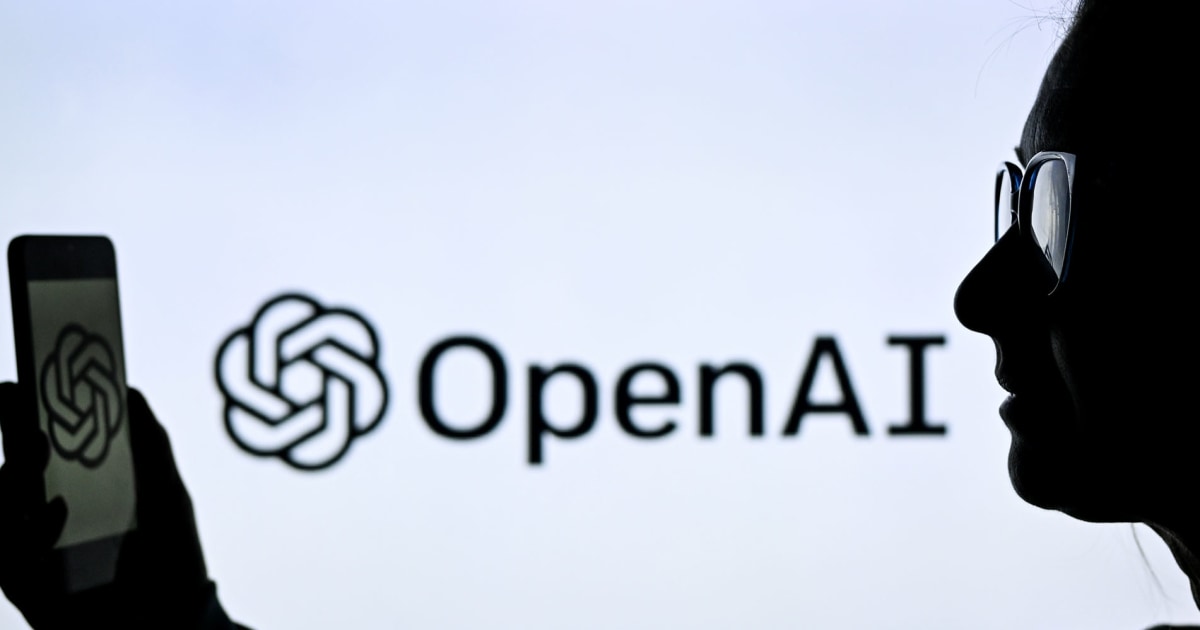Unveiling the Impact of AI: ChatGPT’s Role in Latin America’s Media Landscape
The emergence of AI technologies, particularly ChatGPT, has begun to transform the media landscape across the globe. In Latin America, this transformation is particularly noteworthy, with the integration of AI-generated op-eds and articles into mainstream media. The implications of AI-driven content are vast, impacting public discourse, media integrity, and the very nature of journalism in the region. In this article, we’ll explore how ChatGPT is influencing Latin America’s media landscape, the challenges it presents, and the opportunities it offers for enhancing communication and information dissemination.
The Rise of AI in Journalism
Artificial intelligence has made significant strides in recent years, particularly in the field of natural language processing (NLP). Tools like ChatGPT are capable of generating human-like text, making them attractive for media organizations looking to streamline content creation. This is particularly relevant in Latin America, where many news outlets face financial constraints and a pressing need for timely reporting.
As AI-generated content becomes more prevalent, it’s essential to understand its implications:
- Efficiency and Speed: AI can produce articles and op-eds at an unprecedented pace, allowing news organizations to cover more stories than ever before.
- Cost Reduction: By automating certain writing tasks, media outlets can save on labor costs, which is crucial in a region where many publications struggle financially.
- Content Diversity: AI can generate a wide range of perspectives and topics, enriching the media landscape with diverse narratives.
ChatGPT’s Role in Shaping Public Discourse
One of the most significant impacts of ChatGPT in Latin America is its potential to shape public discourse. By creating op-eds and articles that reflect various viewpoints, AI can contribute to a more inclusive conversation around pressing societal issues. This is especially important in a region marked by political polarization and social inequality.
However, the role of AI in shaping discourse comes with responsibilities. Here are a few considerations:
- Ensuring Accuracy: AI-generated content must be fact-checked to avoid the spread of misinformation, which can exacerbate existing societal divides.
- Maintaining Ethical Standards: Media outlets must implement guidelines for the ethical use of AI, ensuring that content generated by machines adheres to journalistic standards.
- Audience Trust: Transparency about the use of AI in content creation is crucial for maintaining audience trust. Readers should be informed when they are consuming AI-generated material.
The Challenges of AI in Journalism
While the integration of AI tools like ChatGPT presents numerous advantages, it also poses challenges that the media industry must navigate. These challenges include:
- Job Displacement: The automation of writing tasks could lead to job losses for journalists, especially in smaller media organizations. This concern raises questions about the future of journalism in the region.
- Quality Control: The quality of AI-generated content can vary significantly. Ensuring that AI outputs meet the standards of credible journalism is a constant challenge.
- Bias and Representation: AI systems can inadvertently perpetuate biases present in their training data. It’s crucial to address these biases to ensure fair and balanced representation in media narratives.
Enhancing Media Integrity with AI
Despite the challenges, AI can significantly enhance media integrity when used responsibly. Here’s how:
- Fact-Checking Tools: AI can be employed to assist journalists in verifying facts and sources, thus improving the overall quality of reporting.
- Data Analysis: AI’s ability to analyze vast amounts of data can help uncover trends and insights that are crucial for informed reporting.
- Audience Engagement: AI can facilitate better audience engagement through personalized content recommendations, ensuring that diverse perspectives reach the right readers.
Case Studies: AI in Action in Latin American Media
To illustrate the impact of AI on the Latin American media landscape, let’s look at a few case studies:
- AI-Generated Editorials: Some leading newspapers in Brazil and Argentina have begun experimenting with AI-generated editorials. These pieces often address topical issues such as climate change and political unrest, offering fresh perspectives that resonate with younger audiences.
- Automated News Briefs: In Mexico, certain news platforms utilize AI to generate quick news briefs on local events. This allows journalists to focus on in-depth reporting while ensuring that readers are informed about the latest happenings.
- AI-Assisted Investigative Journalism: In Colombia, investigative journalists are using AI tools to sift through large datasets, uncovering corruption and human rights abuses that might otherwise remain hidden.
The Future of AI in Latin American Journalism
Looking ahead, the future of AI in journalism across Latin America appears promising. As media organizations continue to embrace these technologies, several trends may emerge:
- Collaborative Content Creation: The collaboration between AI and human journalists will likely become more commonplace, with AI serving as a tool to augment human creativity rather than replace it.
- Increased Personalization: AI’s ability to analyze reader preferences will lead to more personalized news experiences, helping audiences discover content that aligns with their interests.
- Focus on Ethical Standards: As AI becomes more integrated into journalism, there will be a stronger focus on developing ethical guidelines to govern its use, ensuring that journalistic integrity is upheld.
Conclusion
In conclusion, the impact of AI, particularly ChatGPT, on Latin America’s media landscape is profound. While challenges such as job displacement and quality control exist, the opportunities for enhancing public discourse, improving media integrity, and fostering diverse narratives are equally significant. As the region navigates this digital transformation, it is crucial for stakeholders to prioritize ethical standards and transparency to harness the full potential of AI in journalism. Only then can we ensure that the media continues to serve as a cornerstone of democracy, informed debate, and social progress in Latin America.
See more Future Tech Daily

